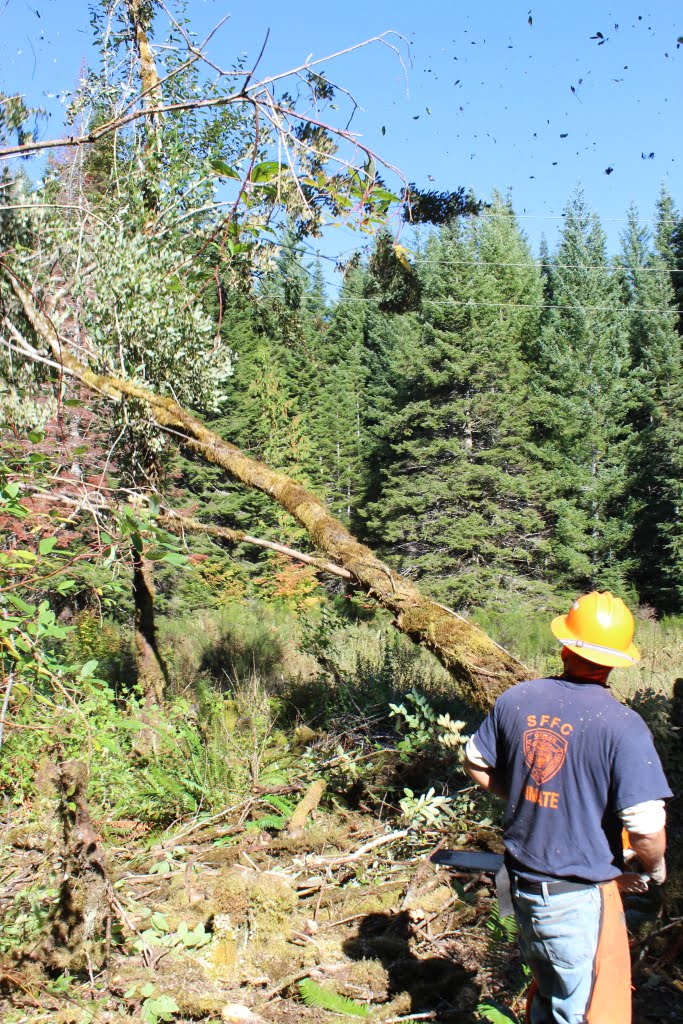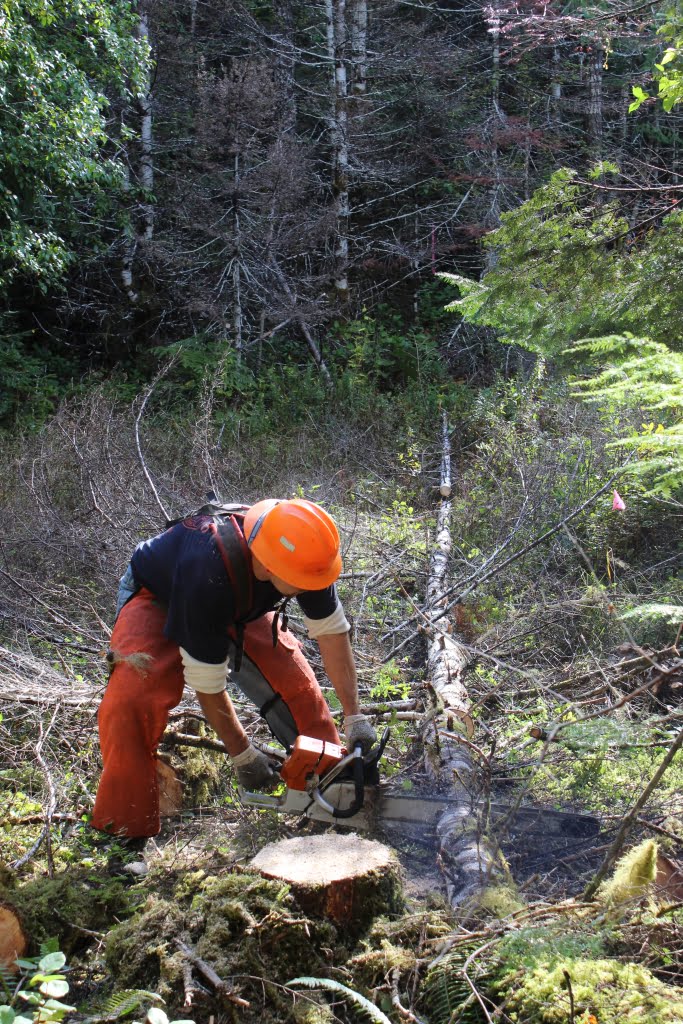
Clearing Meadows for Nelson’s Checkermallow


Recently, IAE received help from a 10-person inmate crew from South Fork Forest Camp (SFFC) to clear encroaching woody plants from several meadows in Tillamook Forest. The SFFC is a cooperative venture between Oregon Department of Corrections and Oregon Department of Forestry (ODF) which aims to restore and protect State forest lands.


One or two days was spent at each of five meadows cutting trees and shrubs and dispersing the cut material in the surrounding forest. Most of the checkermallow are dormant in the fall, so it is a good time to work in the meadows. This work will help preserve the open space that Nelson’s checkermallow needs to thrive.






Many thanks to ODF for providing the crew. This work is part of Phase III of the Nelson’s checkermallow recovery project. IAE has received grants from Oregon Watershed Enhancement Board, US Fish and Wildlife Service and Bureau of Land Management, for various aspects of the recovery of Nelson’s checkermallow in the Portland area and the Coast Range, and is partnering with several landowners, including ODF, City of Hillsboro, Weyerhaeuser, Metro, and Oregon Parks and Recreation Department.
Restoration
Research
Education
Get Involved
Contact
Main Office:
4950 SW Hout Street
Corvallis, OR 97333-9598
541-753-3099
[email protected]
Southwest Office:
1850 Old Pecos Trail, Suite I
Santa Fe, NM 87505
[email protected]
© 2024 Institute for Applied Ecology | Privacy Policy